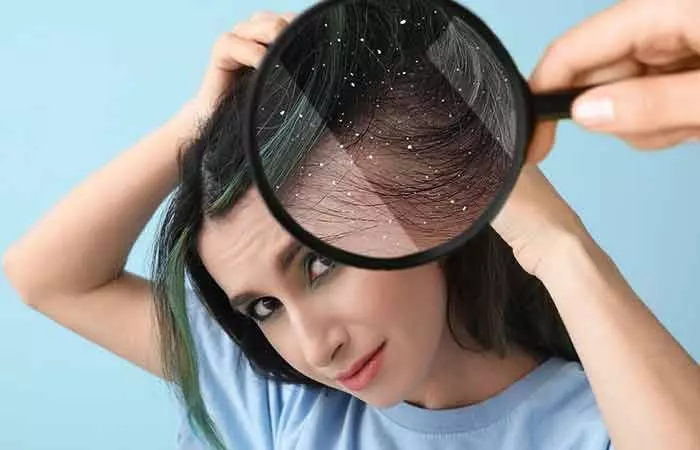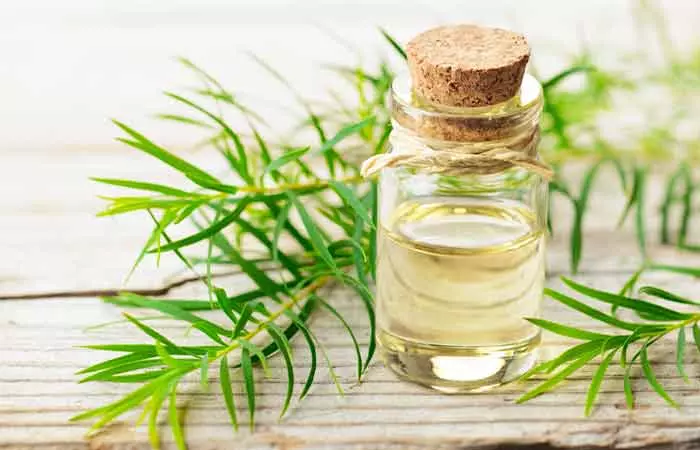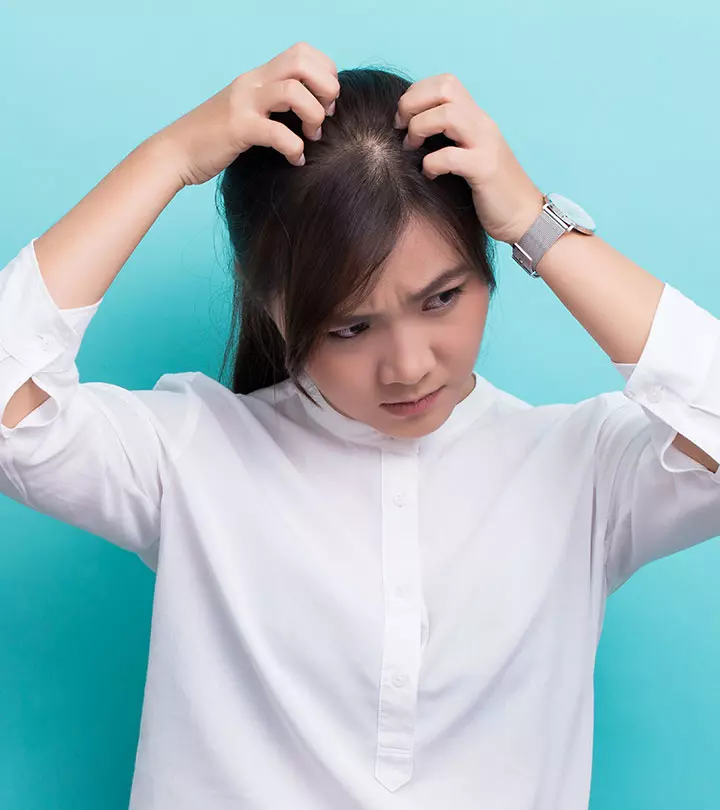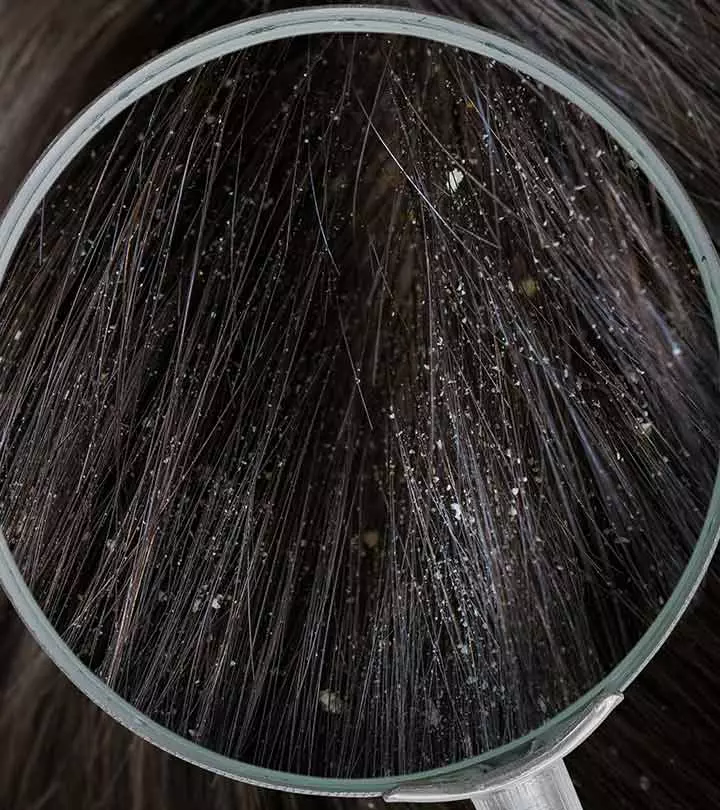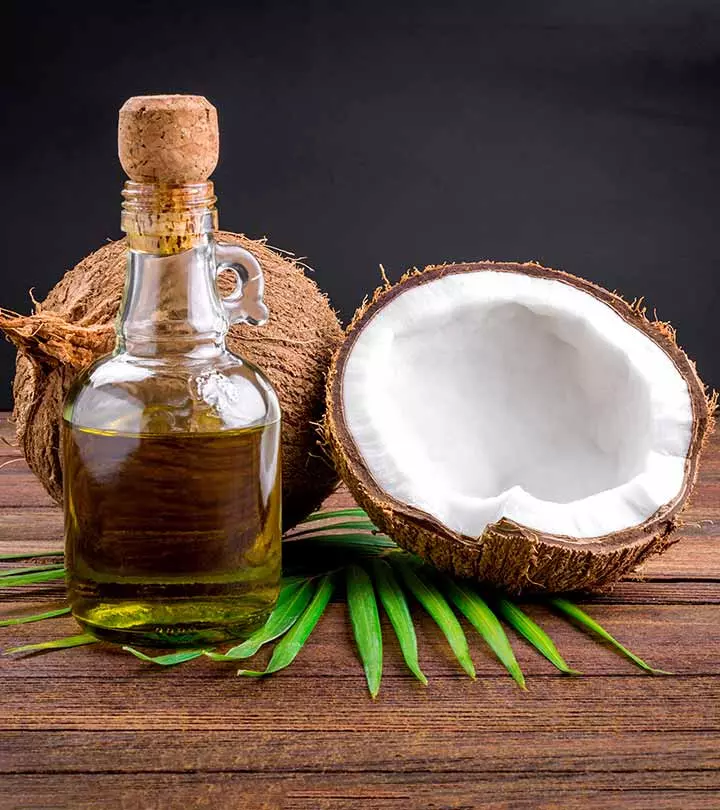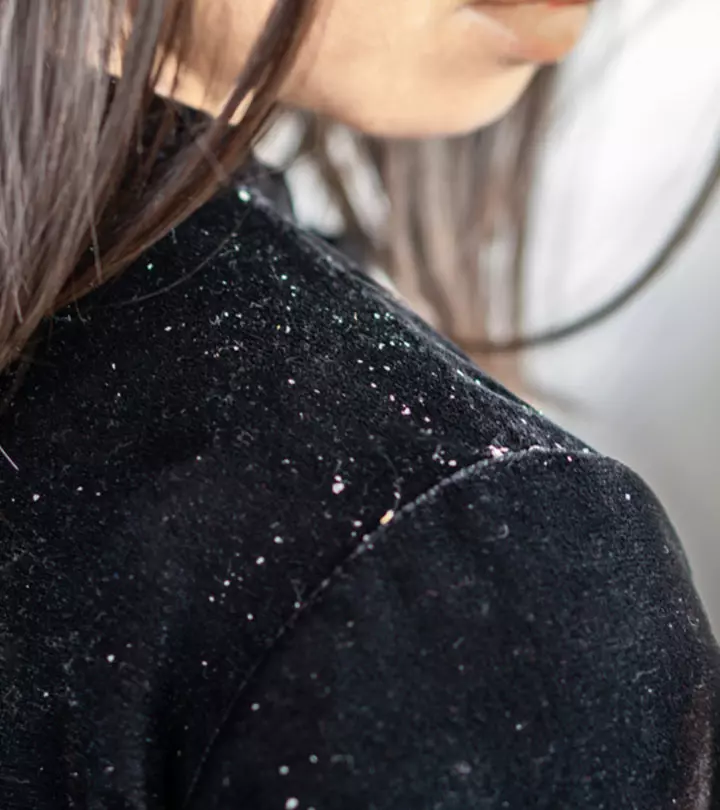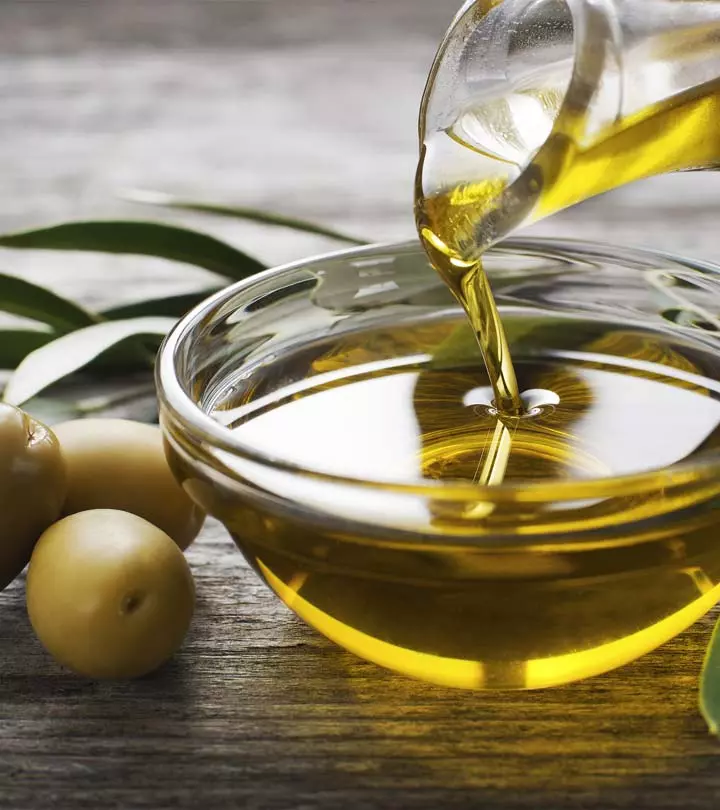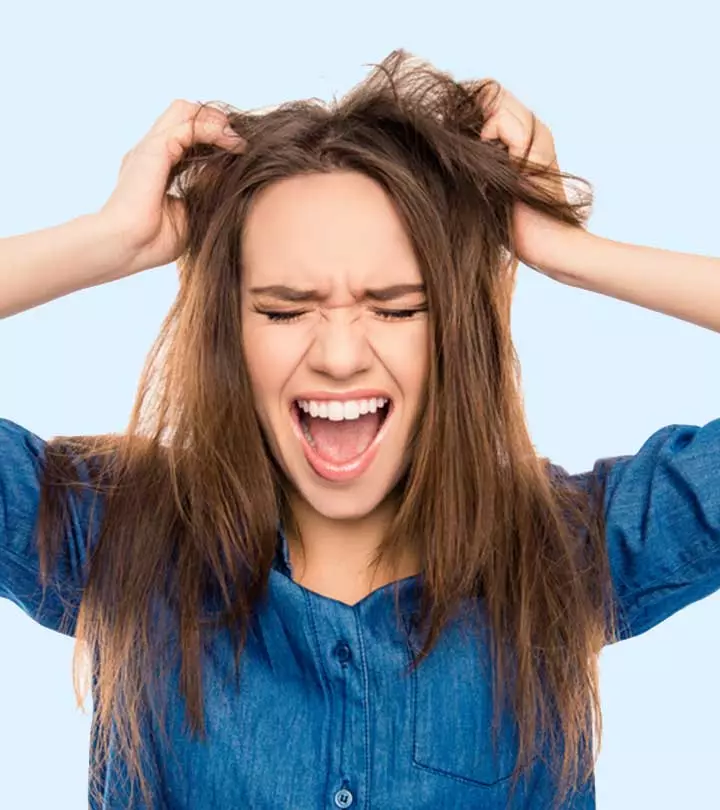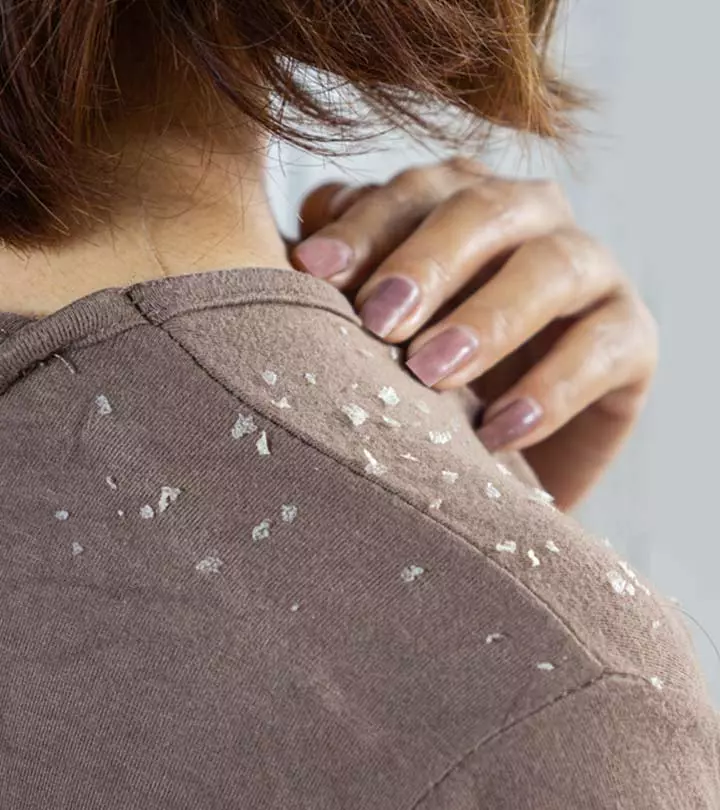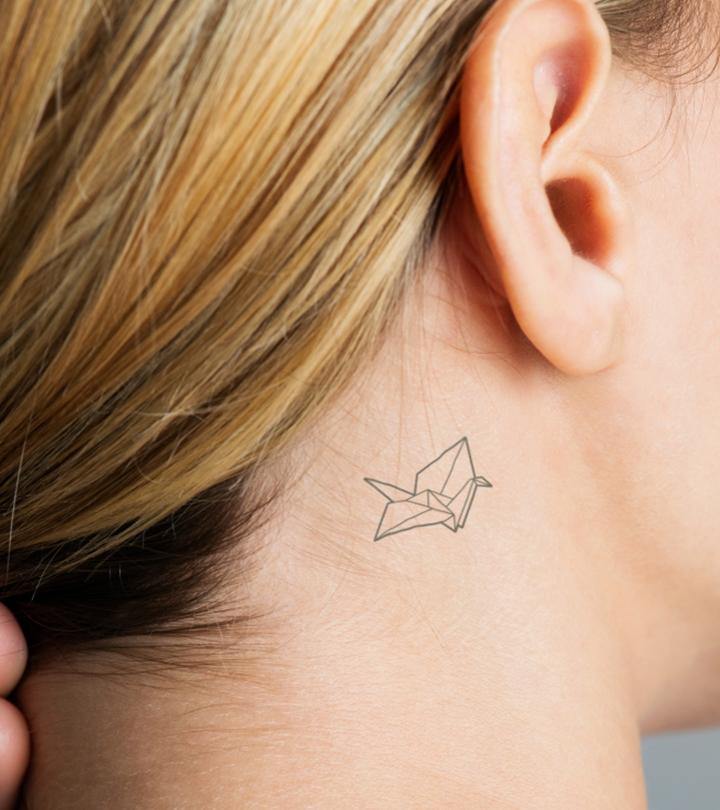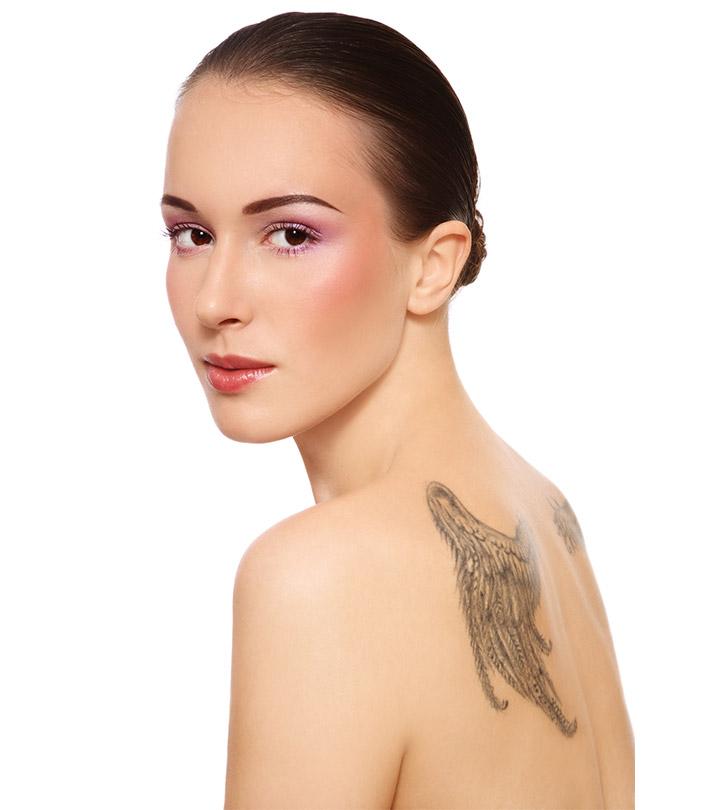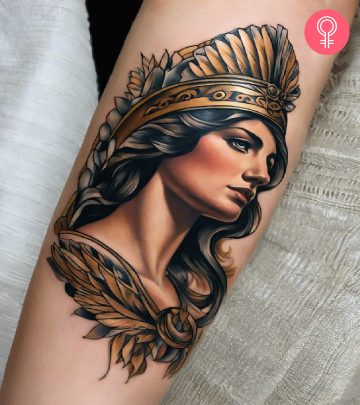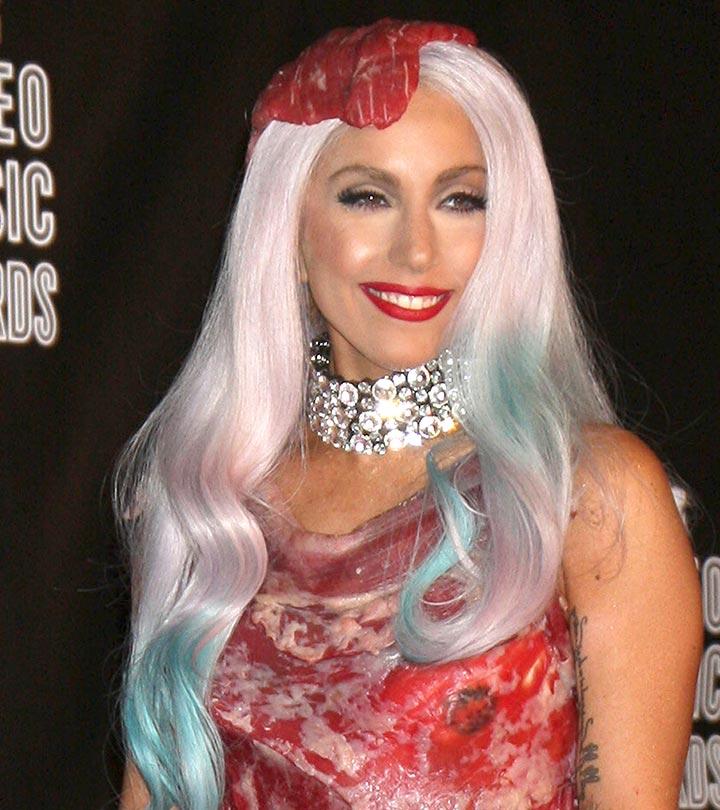What Causes Dandruff, And How To Treat It
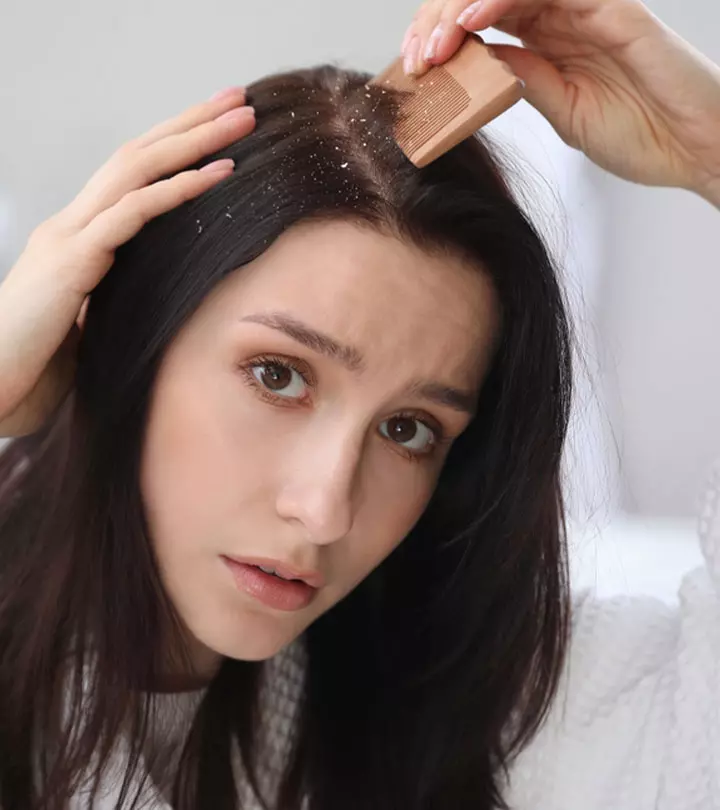
Image: Shutterstock
Most of us can relate to the discomfort and embarrassment dandruff causes us. Its flaky and itchy nature only adds to the problems. In this article, we will delve into the root causes of dandruff, exploring the factors that contribute to its occurrence. We will not only uncover the reasons behind dandruff but also equip you with valuable insights on how to effectively treat and manage it. From simple home remedies to specialized treatments, we’ll explore a range of solutions to help you bid farewell to dandruff and embrace a healthier, flake-free scalp. Read on to know more!
In This Article
What Makes Dandruff Appear On Your Scalp?
Dandruff is a common scalp condition characterized by the shedding of skin flakes. These white particles can be especially noticeable on dark hair. In some cases, dandruff may be accompanied by itching and redness on the scalp. While it is not contagious or serious, treating it effectively can be challenging. The appearance of dandruff is often linked to an accelerated cell renewal process. In a normal cycle, cells grow, age, and are eventually replaced by new cells. However, for individuals with dandruff, this cycle speeds up. New cells are generated rapidly, causing the shedding of older cells in the form of flakes. Now, let’s uncover the factors behind dandruff and find ways to maintain a healthy scalp free from the burden of flaking skin.
Dandruff can manifest for various reasons, each contributing to those pesky flakes on our scalp. One common cause is seborrheic dermatitis, which occurs when a yeast fungus called Malassezia globosa, a normal part of our scalp flora, starts to reproduce rapidly due to increased sebum production (1). The byproducts of this process cause scalp cells to clump together, leading to dandruff.
Using hair dyes or excessive hair-care products can also trigger dandruff, as can having an overly dry scalp, especially during the winter months. Oily skin, coupled with infrequent washing, can result in a sebum build-up, contributing to flaking.
In some cases, dandruff may arise due to hormonal issues, a weakened immune system, or certain skin conditions. While dandruff stemming from inadequate care can often be easily treated, cases caused by seborrhea may require more extensive and prolonged treatment.
Understanding the root causes of dandruff empowers us to seek appropriate solutions, whether through simple adjustments to our hair-care routine or more specialized treatments.
How To Rid Yourself Of Dandruff
1. Through Cleaning
Maintaining a regular scalp-cleaning routine with a gentle shampoo can be instrumental in eliminating sebum and dead cells, reducing the occurrence of dandruff.
2. Medicated Shampoos
For more complex cases, medicated shampoos come to the rescue. To optimize results, using 2-3 different shampoos with varying active ingredients can be beneficial. These specialized shampoos typically contain medication designed to combat dandruff effectively.
3. Seeking Professional Help
In severe instances, seeking a doctor’s guidance can lead to even more potent anti-dandruff shampoos, available through prescription if necessary. With the right approach and tailored treatments, you can bid farewell to dandruff and embrace a healthier, flake-free scalp.
4. Tea Tree Oil
Tea tree oil may also work wonders in enhancing your scalp’s health and condition. This essential oil possesses powerful antifungal and antibacterial properties. Dandruff is often caused by an overgrowth of yeast on the scalp, and tea tree oil helps combat this issue by reducing the yeast population and soothing the scalp. When applied topically, it can help alleviate itchiness, flakiness, and inflammation associated with dandruff. To use tea tree oil for dandruff treatment, it’s essential to dilute it with a carrier oil (such as coconut oil or jojoba oil) and gently massage the mixture onto the scalp. Regular use can help control dandruff and promote a healthier scalp.
5. Not Using Styling Products
To maintain a healthy scalp, it’s best to minimize the use of hair styling and hair-care products. Some products can lead to build-up on the scalp and stimulate excess sebum production, potentially exacerbating dandruff issues.
6. Eating Healthy
Additionally, opt for a balanced diet rich in zinc and vitamin B to help prevent the occurrence of dandruff. Nourishing your body with these essential nutrients can contribute to a healthier scalp and overall hair health (2).
Understanding the causes of dandruff and discovering effective treatments empowers us to take charge of our scalp health. From accelerated cell renewal to hair product choices, various factors contribute to this common scalp condition. However, armed with the knowledge of the root causes, we can now explore a range of treatments to bid farewell to dandruff. Remember, every step we take towards caring for our scalp brings us closer to a confident and dandruff-free future. So, let’s take action, embrace the best treatments for our unique needs, and celebrate the joy of a flake-free and revitalized scalp. With dedication and knowledge, we can achieve the healthy scalp we deserve!


